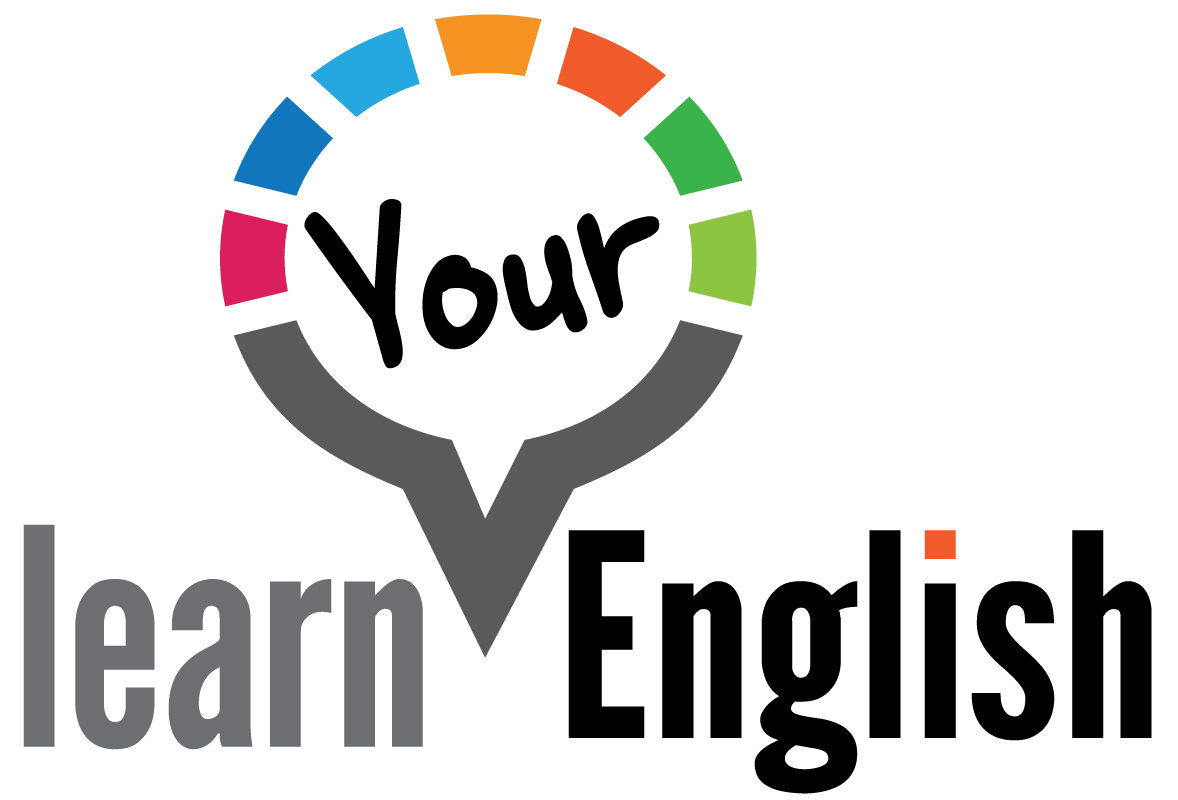6 TBLT Tasks for Increased Student Engagement
How to use every interaction as an opportunity
Read time: 5 minutes
Here’s our TTT for this week on how to grow your online teaching business.
What is TTT? A Tip, Takeaway, and Task. On Thursday.
Today’s read will take you about 5 minutes.
Enjoy!
Tip: Use TBLT with ease
You’ve (probably) heard us talk about Dogme ELT for quite some time. And while Dogme is widely adopted globally, there is actually little academic research on its effectiveness (though anecdotally, it works very well). On the other hand, Task-based Language has plentiful backing from the SLA and academic world. It is one of if not the most effective approach to promoting language learning.
Yet, most published materials don’t use it or don’t make its adoption easy in the classroom.
At LYE, we want to change this.
Here are five advantages of using TBLT with your students (no matter if you teach in a school, 1:1, or have your own course):
1. TBLT provides you with the chance to expose your students to authentic language
2. TBLT is a fluency to accuracy approach - meaning comes first, form after
3. TBLT helps learners interact spontaneously - learners are free to use any language they know, not just the language of a certain textbook activity
4. TBLT helps learners collect and connect the dots - in all stages of a TBLT lesson, students rely on previous knowledge, language, and experience, allowing them to explore previous and new features of the language
5. TBLT provides essential conditions for language learning - one can’t learn a language without exposure, motivation, and opportunities to learn the language. TBLT encourages learners to use the language purposefully and cooperatively.
Bonus advantage: TBLT allows learners to emerge as a language user rather than a language student.
Oh, and what are the benefits for teachers? Well, aside from our students’ success, we can reduce lesson planning, use authentic materials with any student or any level, and make any lesson meaningful - even if we have to use a coursebook that students don’t usually connect with.
Takeaway: Use these 6 task types
So, how can you use TBLT right away?
The good news is that you likely already do. There are some important things to consider, but really, here’s the foundation: a task is the centre of the lesson and we help our students complete it.
So, what is a task?
According to Willis and Willis (2007), the following criteria make a task a task (if the answer is ‘yes’ to each)
Will the activity engage learners' interest?
Is there a primary focus on meaning?
Is there a goal or an outcome?
Is success judged in terms of outcome?
Is completion a priority?
Does the activity relate to real-world activities?'
Willis and Willis also name six distinct types of tasks:
Listing
Ordering and sorting
Comparing
Problem solving
Sharing personal information
Creative tasks
Task: Take a risk and try them
At the risk of being too cute, your task this week is to, well, use tasks.
Try using one example of each task type above in the next seven days. Start with listing (simplest) and move down the list, as it gets progressively more difficult. An example of a listing task would be to rank the 5 things you would want in a vacation destination (and then rank them from most to least important). Or, they could discuss what qualities make the best roommate and why.
And here’s the best news: no matter your teaching context, you can use tasks.
You can use tasks to:
1. Taskify your coursebook (use the productive task first, for example)
2. Eliminate lesson planning (start with a task your student needs to do and let the lesson evolve)
3. Create a course (i.e. asset - a course full of tasks can be sold again and again with no more work)
We hope this helps.
See you again next week.
Leo, Andrew, and Mike
When you’re ready, here are 3 ways we can help you:
1. Our free Business Foundations Training for Teachers (232 teachers)
2. TBLT Made Easy - use tasks in your class right away (100 teachers)
3. A free consultation with us to talk about taking your business and teaching to the next level (first come first served)


